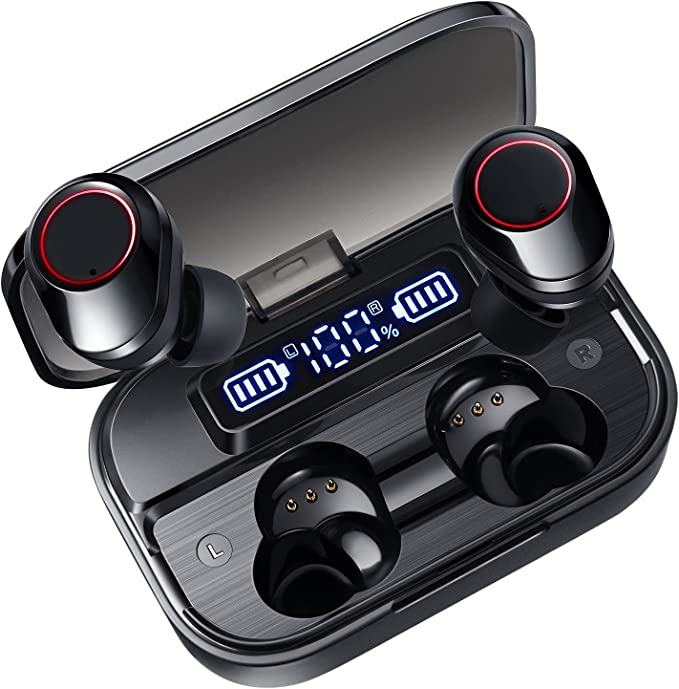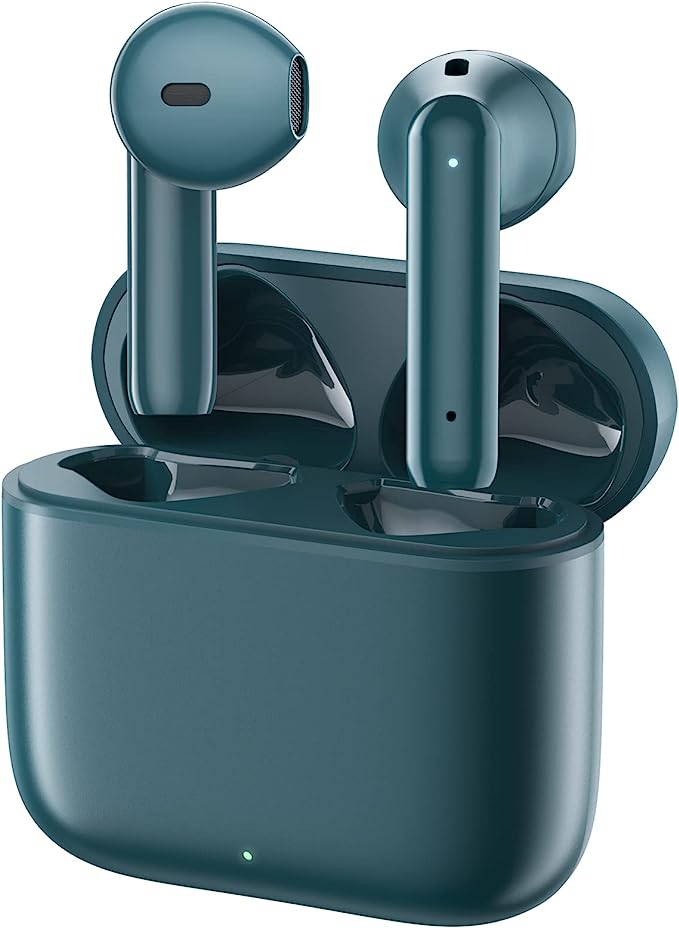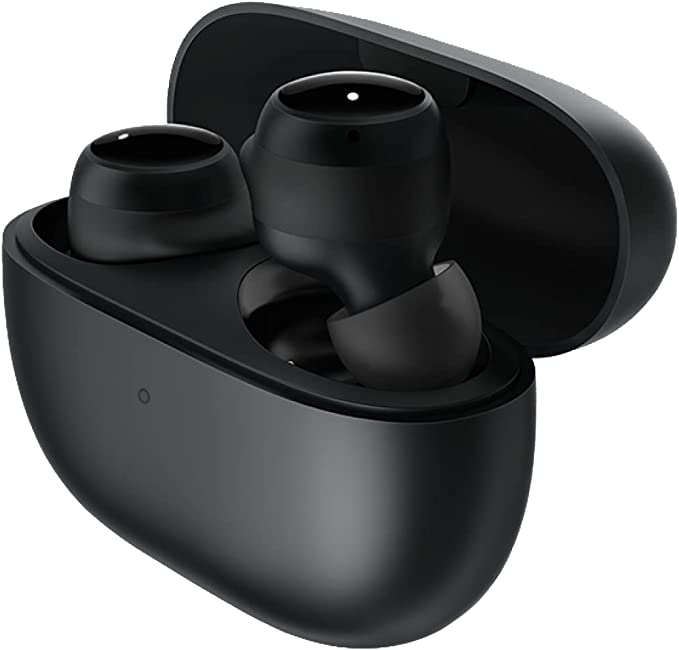Seeing in a Different Light: The Invisible World of Heat Made Visible Through Physics
Update on Sept. 23, 2025, 3:51 a.m.
Our eyes are magnificent, but they are also magnificent liars. Not because they deceive us, but because of what they choose to omit. They present us with a world painted in a sliver of the electromagnetic spectrum we call “visible light,” a reality of reds, greens, and blues. Yet, this is like listening to a grand orchestra and hearing only the violins. All around us, a silent, invisible symphony of energy plays out, a universe of information that our biology never evolved to see. This is the world of heat.
It’s a world where everything glows. Not metaphorically, but physically. Every object in the universe warmer than the absolute void of space—the chair you’re sitting on, the coffee cooling on your desk, the cat sleeping in a sunbeam, even the ice in your drink—is constantly broadcasting its presence in the form of thermal energy. This is the light of heat, and for two centuries, we could only feel its effects. That changed when we built a new kind of eye.

The Physics of the Glow
The story of seeing heat begins, as many scientific tales do, with a happy accident. In 1800, the astronomer Sir William Herschel was using a prism to study the temperature of different colors of sunlight. After measuring the heat of each color from violet to red, he idly placed his thermometer just beyond the red end of the spectrum, in a region where he could see no light at all. To his astonishment, this dark region was the hottest of all. He had discovered infrared light, the very foundation of thermal imaging.
What Herschel stumbled upon is a fundamental truth of physics known as black-body radiation. The principle is as simple as it is profound: any matter with a temperature radiates energy. The hotter it is, the more energy it radiates. This energy travels as an electromagnetic wave, and for most objects we encounter daily, its wavelength falls squarely in the infrared portion of the spectrum, far beyond the perception of our eyes.
For decades, this knowledge was academic. We knew an invisible world was there, but we were blind to it. To see it, we would need to invent an entirely new way of capturing light—an eye built not of rods and cones, but of a material that could feel the warmth of a distant object and turn it into a picture.
Building an Eye for Heat
At the heart of a modern thermal camera lies a marvel of micro-engineering: the uncooled microbolometer. It’s a term as complex as the device is elegant. Imagine a postage-stamp-sized grid composed of thousands of impossibly small, thermally isolated sensors. A device like the FLIR TG267, for instance, uses a focal plane array of 160 x 120 pixels. This isn’t a grid of 19,200 points that see color; it’s a grid of 19,200 individual, hyper-sensitive thermometers.
When infrared radiation from an object strikes one of these pixels, the pixel material—often vanadium oxide or amorphous silicon—heats up by a minuscule amount. This tiny change in temperature causes a measurable change in its electrical resistance. The camera’s processor detects this change, calculates the corresponding temperature, and assigns that pixel a color or shade based on a predefined palette. Do this 19,200 times simultaneously, many times per second, and you get a moving, color-coded map of heat: a thermogram.
The quality of this map depends on two key factors. The first is resolution, which we’ve seen. The second, more subtle, is thermal sensitivity, or Noise-Equivalent Temperature Difference (NETD). Measured in millikelvins (mK), it defines the smallest temperature difference the camera can detect. A camera with a sensitivity of <70 mK can distinguish between two adjacent surfaces whose temperatures differ by less than 0.07°C. It’s the camera’s ability to see incredibly faint “shades” of heat, allowing it to spot the subtle cold signature left by evaporating moisture inside a wall, or the faint warmth of a footprint on a carpet.

The Ghost in the Machine
A raw thermal image, however, presents a problem. It’s a world of ethereal, glowing shapes—a ghost of reality. You might see a bright, angry-red hot spot on a wall, but where is it exactly? Is it a faulty wire inside an electrical outlet? A hot water pipe? A wasp nest? The thermogram gives you the “what” (heat) but often fails to provide the “where” (context). It’s a map without landmarks.
This is where the most ingenious engineering comes into play. To solve the problem of the formless ghost, engineers at FLIR developed a patented process called MSX® (Multi-Spectral Dynamic Imaging). It is a deceptively simple, brilliant idea. The camera doesn’t just have a thermal sensor; it also has a standard digital camera for visible light. But MSX doesn’t just overlay one image on the other.
Instead, the visible light camera acts as a sketch artist. In real-time, its processor identifies the high-contrast edges and critical details in the scene—the outline of a circuit breaker, the threads of a screw, the numbers on a label. It then etches this crisp, linear “skeleton” directly onto the thermal image. The result is transformative. The blurry, ghostly heat signature is suddenly anchored to reality, its bones clearly defined. That hot spot is no longer an ambiguous blob; it is now clearly, unequivocally, the third wire from the top on terminal B. It’s like watching an artist complete a watercolor painting by inking in the defining lines at the very end.
From Science to Superpower
Armed with this technology, the abstract physics of infrared radiation becomes a practical superpower. For an electrician, scanning a distribution panel is no longer a guessing game; it’s a forensic investigation where overheating, overloaded circuits glow like beacons, signaling potential fire hazards long before they become catastrophic.
For a home inspector, the camera becomes a tool for divination. A cold, spidery pattern creeping down from a ceiling isn’t just a smudge; it’s the thermal signature of a hidden roof leak, revealed by the cooling effect of evaporation. A perfectly rectangular cold patch on an exterior wall in winter is the ghost of a missing section of insulation. The camera allows them to diagnose a building’s health by reading its hidden fever chart.
The Inescapable Laws of Compromise
This technology, however, is not magic. It is bound by the laws of physics and the practicalities of engineering, which leads to some common points of confusion.
Many users notice a slight “lag” when panning the camera quickly. This isn’t a defect; it’s a feature of its 8.7 Hz frame rate. Unlike a video camera that captures 30 or 60 frames per second, most commercial thermal imagers operate below 9 Hz. This is a deliberate design choice, partly to manage the immense processing power required, but also to comply with international export regulations that treat high-frame-rate thermal technology as sensitive military-grade hardware. It’s a trade-off that makes this technology accessible to a wider audience.
Furthermore, a thermal camera is not a “point-and-shoot” thermometer for every surface. You might point it at a shiny stainless-steel mug of hot coffee and get a reading that’s wildly inaccurate. This is because of a property called emissivity. A matte black surface is a near-perfect radiator of thermal energy (emissivity ≈ 0.95), so what the camera sees is its true temperature. A polished, mirror-like surface is a poor radiator (emissivity ≈ 0.1) and a great reflector. The camera isn’t seeing the temperature of the metal; it’s seeing the reflected thermal energy from everything else around it—your body, the ceiling lights, etc. This is the primary reason these devices cannot be used for accurate medical screening; human skin has a high and consistent emissivity, but for a device to be medically certified, it requires a far greater degree of accuracy and calibration.
And no, it cannot see through walls. It can, however, see the effects of what’s behind the wall. A hot water pipe doesn’t become visible; instead, it warms the drywall in front of it through conduction, and the camera sees that subtle temperature change on the wall’s surface. It’s not X-ray vision, but a form of thermal forensics.

A Sixth Sense, Democratized
For most of human history, our understanding of the world was dictated by the narrow bandwidth of our senses. Technology is the story of building tools to broaden that bandwidth. The telescope showed us a universe larger than we imagined, and the microscope revealed the teeming life in a drop of water.
The thermal camera is a tool in that same grand tradition. It bestows upon us a form of sixth sense. It allows us to see a fundamental aspect of reality that has always been there, a constant, silent dance of energy. Once the exclusive domain of military forces and advanced research labs, this ability has now been placed into a rugged, handheld device. It doesn’t just let us find problems; it changes our very perception of our environment, revealing the hidden thermal symphony that constantly plays out, just beyond the edge of sight.



























































